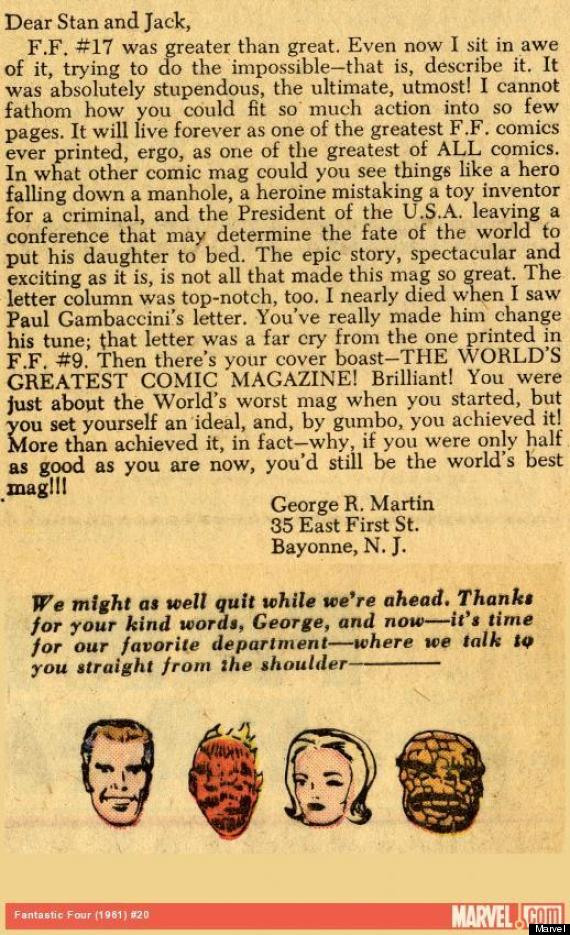No more bummin’, let’s all get to work…
Actually, hold up a sec. We’ll all be more happy and productive if we take a moment to start our work day with Confidence, a peppy musical animation from 1933, starring newly elected President Franklin Delano Roosevelt and Mickey Mouse precursor, Oswald the Lucky Rabbit.
Few Americans—today we’d refer to them as the 1%—could escape the privation of the Great Depression. The movies were one industry that continued to thrive through this dark period, precisely because they offered a few hours of respite. No one went to the pictures to see a reflection of their own lives. Gorgeous gowns, glamorous Manhattan apartments and romantic trouble certain to be resolved in happy endings…remember Mia Farrow’s beleaguered waitress basking in the Purple Rose of Cairo’s reassuring glow?
Given the public’s preference for escapist fare, director Bill Nolan, the Father of Rubber Hose Animation, could have played it safe by glossing over the backstory that leads Oswald to seek out advice from the Commander in Chief. Instead, Nolan delivered his joyful cartoon animals into nightmare territory, the Depression personified as a cowled Death figure laying waste to the land. It’s weirdly upsetting to see those hyper-cheerful vintage barnyard animals (and a rogue monkey) undergo this graphic enervation.
Oh, for some oral history—I’d love to know how matinee crowds reacted as Oswald raced screaming before a spinning vertigo background, seeking a remedy for a host of non-cartoon problems. Irony is a luxury they didn’t have.
Unsurprisingly, the can-do spirit so central to FDR’s New Deal quickly turned Oswald’s frown upside down. As presidential campaign promises go, this one’s uniquely tailored to the demands of musical comedy. Witness Annie, in which the 32nd president was again called upon to Rex Harrison his way into audience hearts, this time from the wheelchair the creators of Confidence didn’t dare show, some forty years earlier.
The division between entertainment and nation-leading is pretty permeable these days, too.
Accordingly, what really sets this cartoon apart for me is the use of a Presidentially-sanctioned giant syringe as a tool to get Depression-era America back on its feet. A figurative injection of confidence is all well and good, but nothing gets the barnyard back on its singing, dancing feet like a liberal dose, delivered in the most literal way.
Related Content:
Books Come to Life in Classic Cartoons from 1930s and 1940s
Found: Lost Great Depression Photos Capturing Hard Times on Farms, and in Town
Ayun Halliday can’t get enough of that rubber style. Follow her@AyunHalliday






